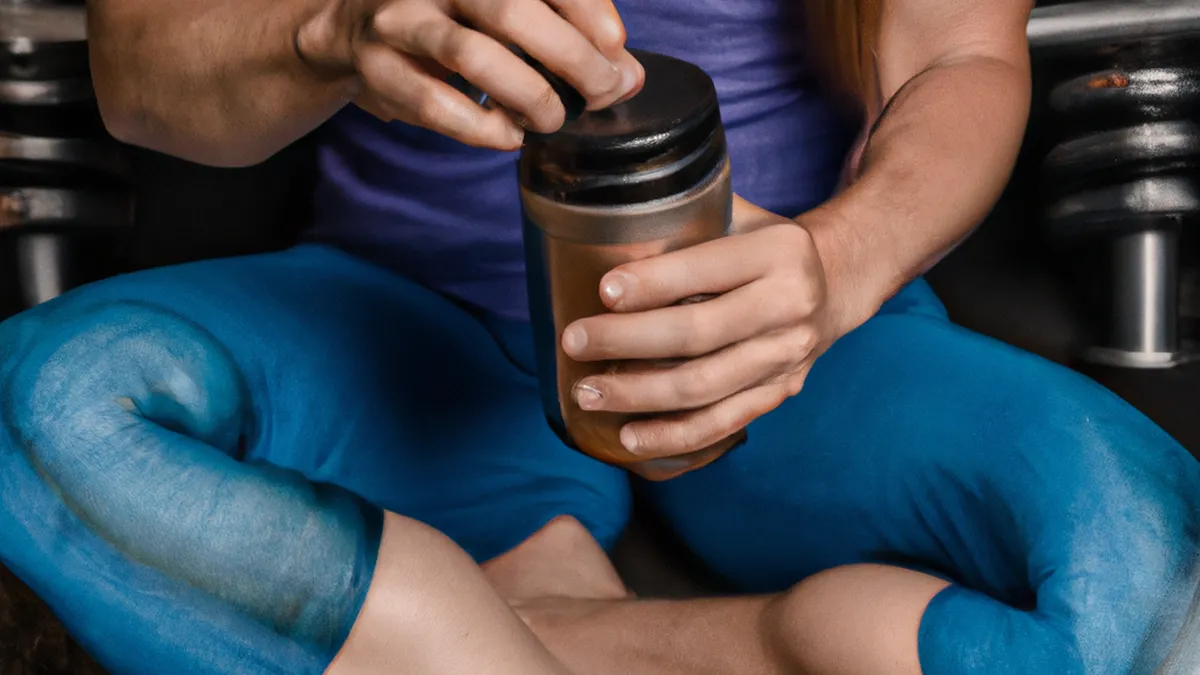Functional Fitness: Transforming Daily Activities
Incorporating Functional Fitness: Training for Everyday MovementsFunctional fitness emphasizes exercises that reflect everyday activities. This training improves strength, balance, and coordination. Unlike traditional workouts, functional fitness engages multiple muscles simultaneously. This approach enhances performance and simplifies daily tasks. In this blog post, we’ll share tips and benefits of functional fitness.
As an Amazon Associate I earn from qualifying purchases.
Gear tip: consider whey protein powder, plant protein powder, and shaker bottle to support this topic.
Understanding Functional Fitness
Functional fitness trains your body for real-life activities. These exercises improve your ability to lift boxes, climb stairs, or play with children. Key elements of functional fitness include:
1. Multi-Dimensional Movements
Functional fitness often includes movements that replicate daily actions. Examples include squatting to pick something up, pushing a stroller, or pulling a grocery cart. Training these movements builds strength and endurance in relevant muscles.
2. Core Stability and Strength
A strong core supports functional fitness. Your core stabilizes your body during movement, which helps maintain balance. Routines often prioritize core exercises to prevent injuries and support movement.
3. Balance and Coordination
These skills matter for athletic performance and daily living. Improved balance lowers fall risks, especially as you age. Functional fitness often includes balance training, such as single-leg stands or stability ball workouts.
Tips for Incorporating Functional Fitness
Starting a functional fitness routine can be simple and adaptable. Here are practical tips to help you begin:
1. Use Bodyweight Exercises
Bodyweight exercises offer an excellent way to start functional fitness. They require no equipment and can be done anywhere. Consider adding these exercises:- **Squats**: Mimics sitting down and standing up.- **Lunges**: Simulates stepping forward or backward.- **Push-Ups**: Engages the upper body for pushing tasks.These exercises build strength and improve body awareness.
2. Incorporate Resistance Training
After mastering bodyweight exercises, add resistance training. Use free weights, resistance bands, or everyday items like water bottles. Key exercises include:- **Deadlifts**: Mimics picking up heavy objects.- **Kettlebell Swings**: Engages multiple muscle groups and enhances cardiovascular fitness.- **Overhead Presses**: Strengthens shoulders and arms for lifting tasks.Start light to focus on form, then gradually increase resistance.
3. Focus on Core Stability
Prioritize core stability exercises to enhance overall strength.
Conclusion
Incorporating functional fitness into your routine improves everyday movement efficiency. It enhances strength, balance, and coordination, making daily tasks safer and easier.
Below are related products based on this post:
FAQ
What is functional fitness?
Functional fitness is a type of training that prepares your body for real-life activities by emphasizing exercises that mimic everyday movements. This approach aims to improve strength, balance, and coordination, making daily tasks easier and safer.
How can I start incorporating functional fitness into my routine?
You can begin by using bodyweight exercises, which require no equipment and can be performed anywhere. Exercises like squats, lunges, and push-ups are great starting points that help build strength and improve body awareness.
What are the benefits of focusing on core stability in functional fitness?
Focusing on core stability is crucial as it supports your body during movement and helps maintain balance. A strong core can prevent injuries and enhance overall performance, making everyday tasks more efficient and safer.















Post Comment